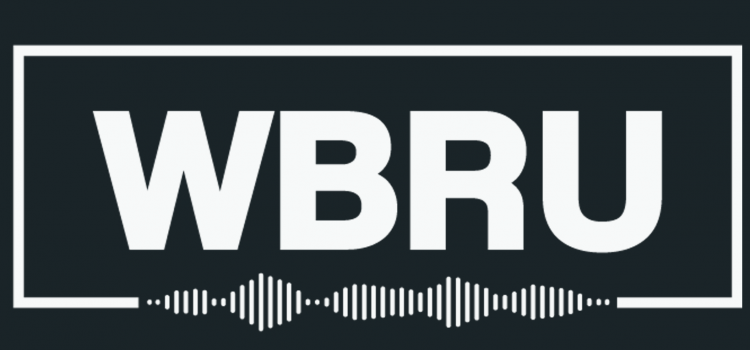
I was headed into middle school, just starting to develop an independent identity, my own taste in music. This meant I was distancing myself from my parents. Ironically, the catalyst for my change occurred while I sat beside them, riding shotgun in their car, fiddling with the radio dial, and finding 95.5 WBRU.
“Closer” by Nine Inch Nails was playing, the industrial-electronic beat and pervy lyrics hooked me immediately. From that night on, I listened to WBRU, whether it was on the way to school and back or running errands. Coming home, I’d recall a list of new songs I heard and use the family computer to surf YouTube for more. At the time, I especially loved “Your Woman” by White Town and set the song to repeat over and over. I remember how WBRU hosted the first concert I ever went to – Grouplove performed at Waterplace Park as part of their Summer Concert Series in 2012.
But every Sunday, something else played on 95.5. Sundays were dedicated to a mix of the newest and oldest hip-hop, reggae, soul, gospel, rap, and R&B. Sundays were for Rhode Island’s Black & Brown artists, music enthusiasts, and creatives. The program and its history were groundbreaking.
WBRU was founded in 1936, in the dorms of Brown University, and was the first college radio station in Southern New England. This is where its broadcast call sign comes from – BRown University. The W is an indicator of which side of the Mississippi the station is on: K on the West and W on the East. 34 years later, 360° was launched.
The program grew out of Black activism at Brown, starting with the 1968 student walkout. Although the protest helped bring more Black students to campus, enrollment continued to be incredibly low. Over Thanksgiving break in 1970, Brown student and DJ Vincent Thomas started “Music for the People.” “Music for the People” began as four hours of all-Black music and helped to add diversity to WBRU’s programming as well as the entire Providence radio market. The four hours were played on Sunday, historically the worst day in radio. Though this was a strategic choice, Thomas knew he’d face less backlash if he played his program on the day of rest. However, those four Sunday hours quickly became the entire day, and two years later Thomas renamed the program “The 360° Black Experience In Sound.”
360° swiftly became an iconic Rhode Island staple, growing into a program recognized country-wide. In 1993, 1994, and 1995, WBRU was named the best medium-sized market radio station by Rolling Stone, certainly with great thanks to 360°.
My very first day of college coincided with the station’s final air date. On August 31 2017, WBRU sold the 95.5FM signal and was replaced by WLVO, a contemporary Christian program. It was the end of an era, and I was forced to move on, meeting my musical needs with streaming services and an FM transmitter plugged into the lighter socket of my car. Nowadays, I’m my own personal DJ and I broadcast on 88.5.
However, while doing research for this article, I learned WBRU and 360° are both still alive and well. They’ve transitioned online and stream 24/7, and I was delighted to tune into 101.1FM last Sunday and hear The 360° Black Experience In Sound playing, same as ever.
Now, WBRU is more than a radio station. It’s a digital media company with music streams, reviews, articles, podcasts, and entertainment shows. 360° continues to provide inclusive programming that maximizes dialogue between students and the broader community.
On the WBRU site, listeners can switch between the indie and 360° streams. The songs, alternative and hip-hop alike, are poppier than in days past, most of them likely trending on TikTok. All I know is, next time I’m sick of DJing, I’ll be tuning in to WBRU, just like the good old days.


